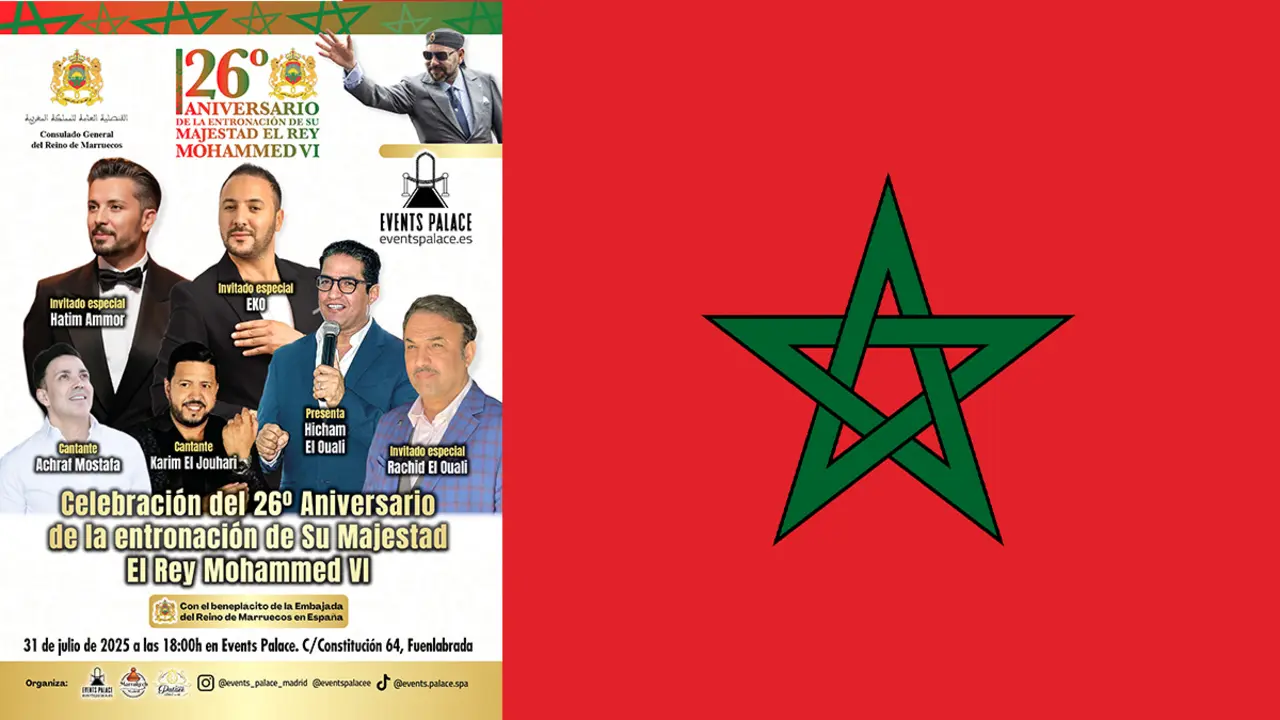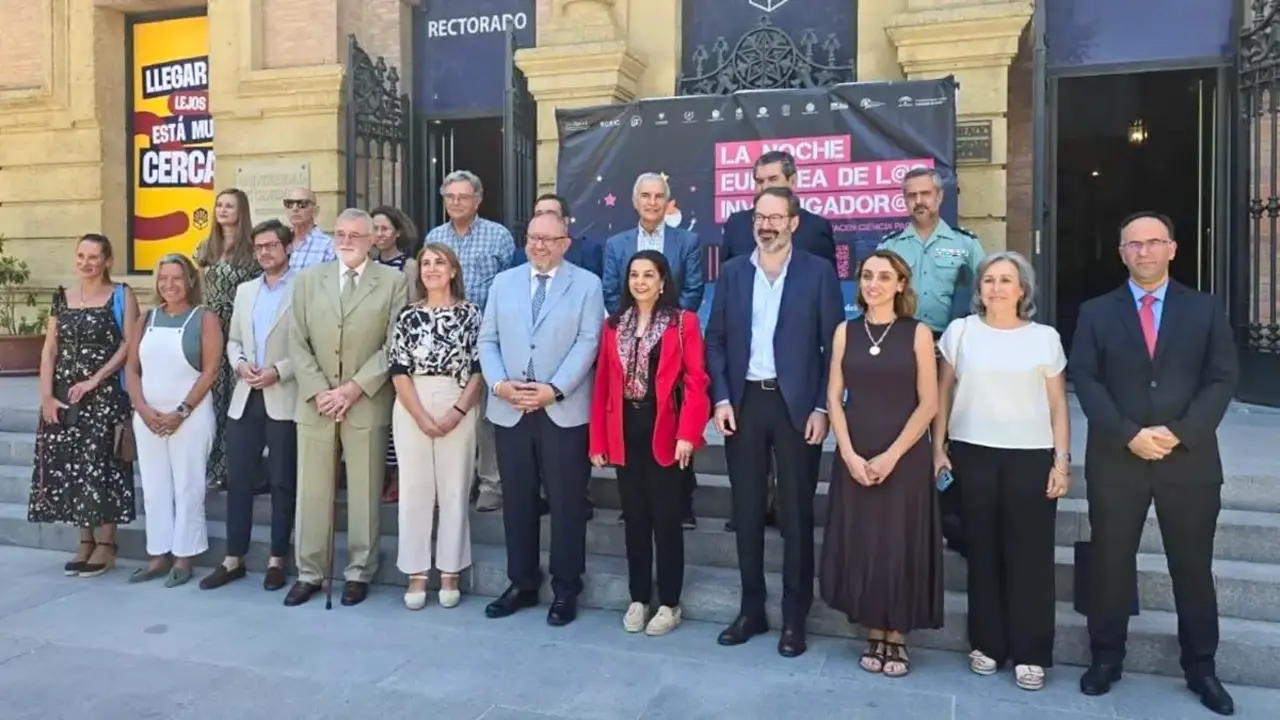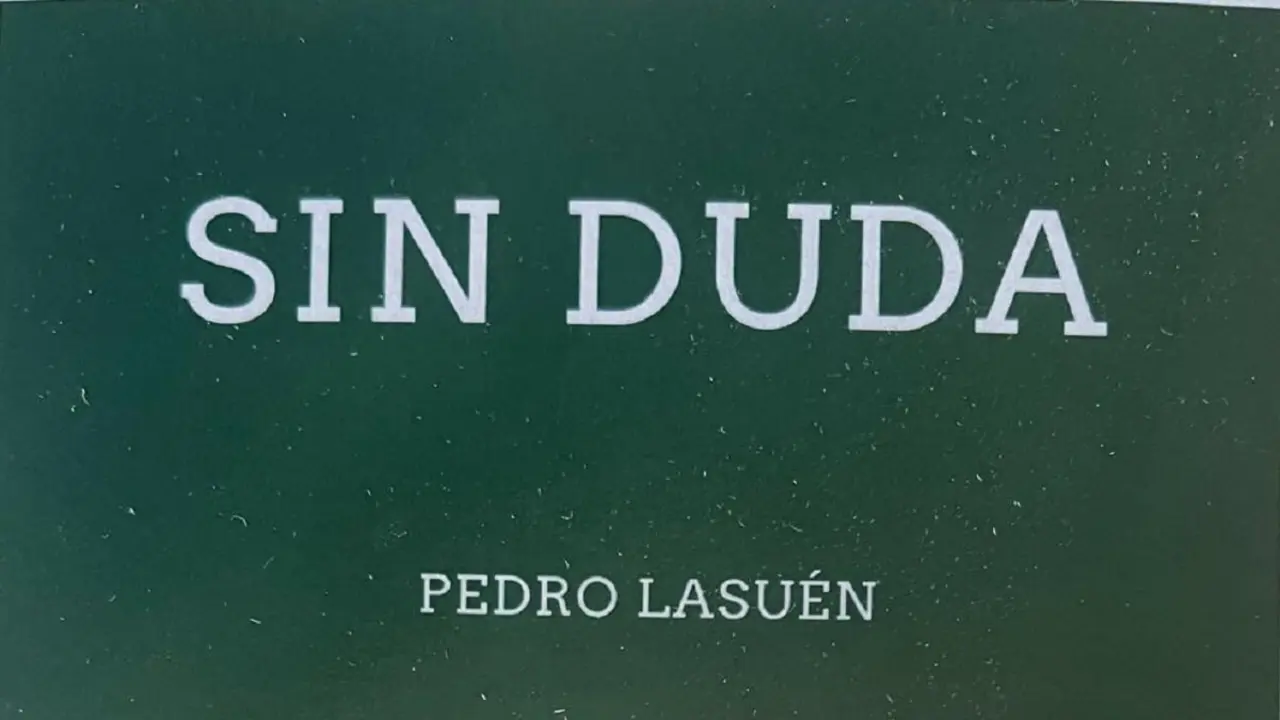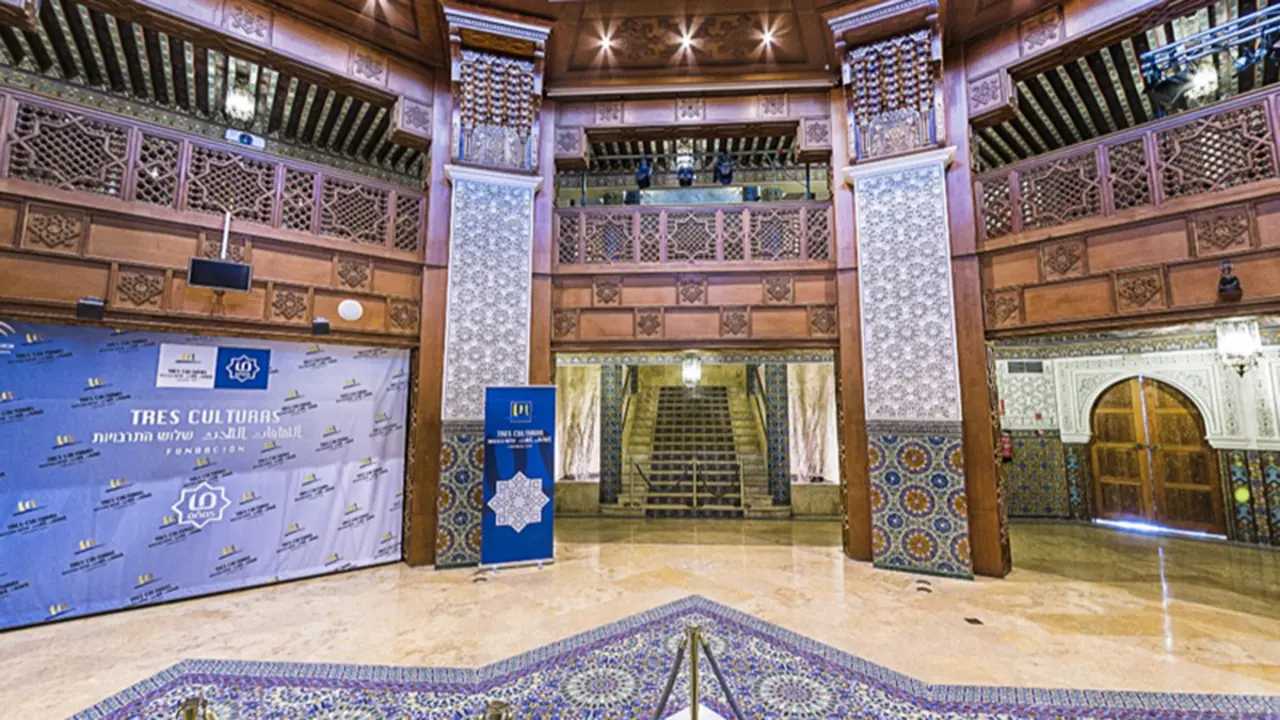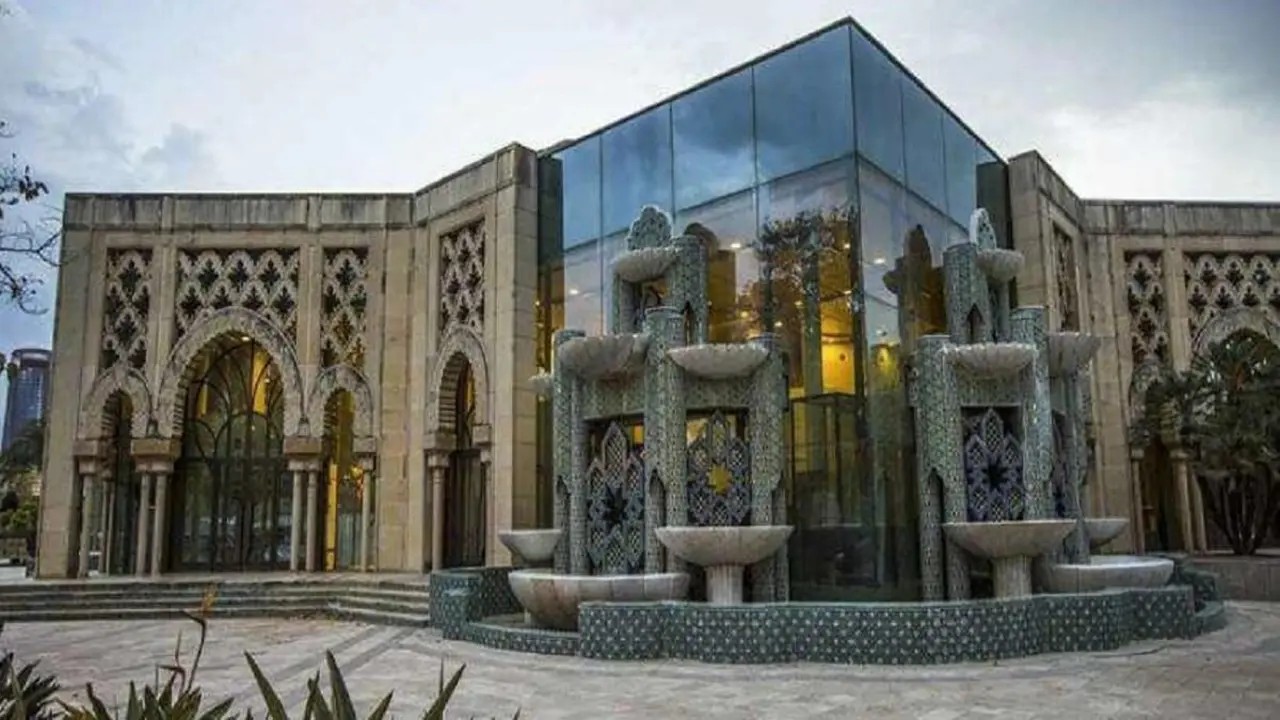Egypt displays 59 coffins buried over 2600 years ago

A group of Egyptian archaeologists unearthed dozens of coffins, containing mummies more than 2,600 years old, in a vast necropolis south of Cairo, the Tourism and Antiquities Minister said Saturday.
At least 59 sealed sarcophagi, most with mummies inside, were found buried in three pits more than 2,600 years ago, official Khalid el-Anany said.

“I consider this is the beginning of a big discovery,” said El-Anany, adding that there are an unknown number of coffins still underground in the same area.
He spoke at a news conference at the famed Step Pyramid of Djoser in Saqqara where the coffins were found. The sarcophagi have been displayed and one of them was opened before reporters to show the mummy inside. More than 200 journalists and 43 foreign diplomats attended the announcement ceremony.

The Saqqara plateau hosts at least 11 pyramids, including the Step Pyramid, along with hundreds of tombs of ancient officials and other sites that range from the 1st Dynasty (2920 B.C.-2770 B.C.) to the Coptic period (395-642).
Mostafa Waziri, secretary general of the Supreme Council of Antiquities, said initial studies show that the decorated coffins were made for priests, top officials and elites from the Pharaonic Late Period (664-525 B.C.).

He said archaeologists also found a total of 28 statuettes of Ptah-Soker the main god of the Saqqara necropolis, and a beautifully carved 35 cm tall bronze statuette of god Nefertum, inlaid with precious stones. The name of its owner, Priest Badi-Amun, is written on its base, he said.
Egyptian antiquities officials had announced the discovery of the first batch coffins last month, when archaeologists found 13 of the containers in a newly discovered 11 meter-deep (36 feet) well.

The Saqqara site is part of the necropolis of Egypt’s ancient capital of Memphis that includes the famed Giza Pyramids, as well as smaller pyramids at Abu Sir, Dahshur and Abu Ruwaysh. The ruins of Memphis were designated a UNESCO World Heritage site in 1970s.



